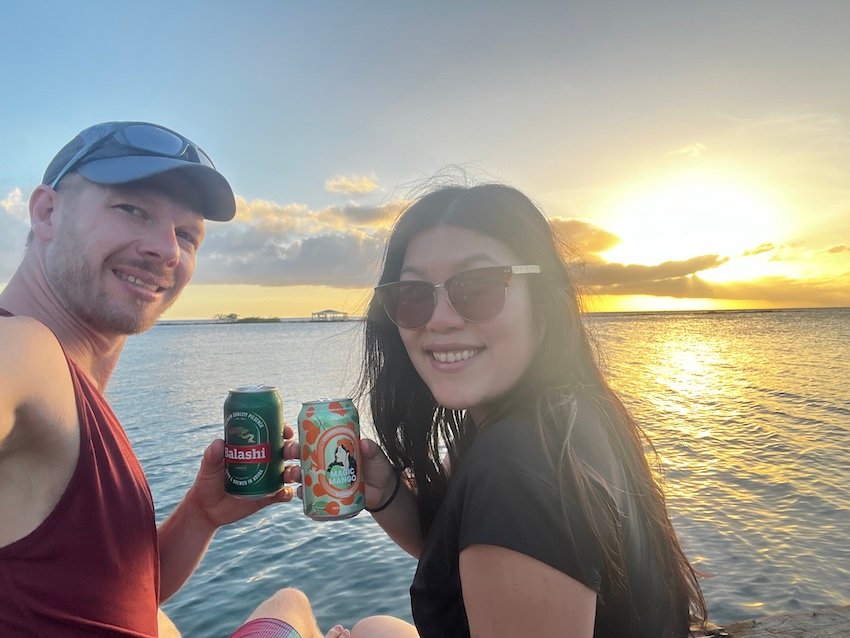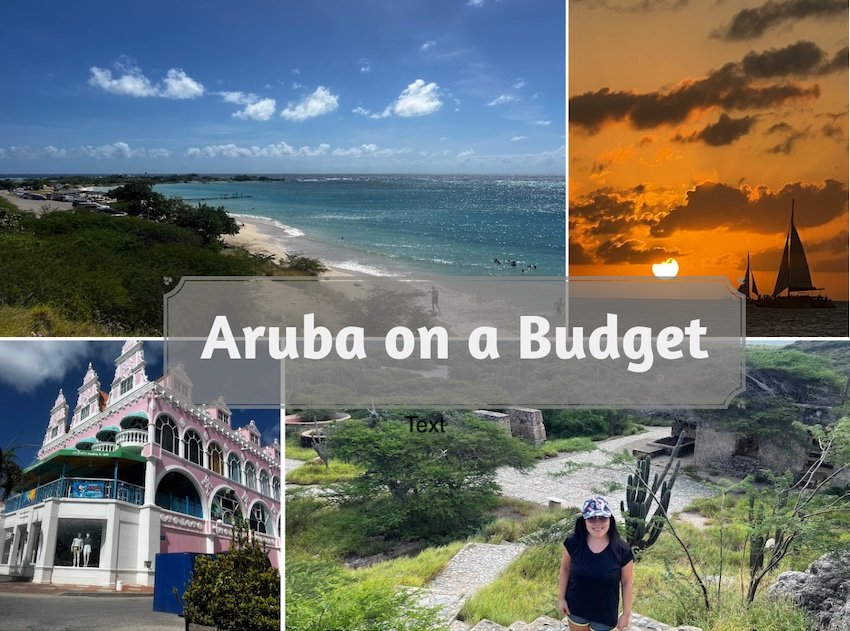The Dutch overseas island of Aruba is a small island in the southern Caribbean Sea just next to the coasts of Colombia and Venezuela. With its pristine white-sand beaches, turquoise waters, and year-round sunny weather, Aruba is known as “One Happy Island.” Visitors can dive into vibrant coral reefs, enjoy world-class windsurfing, and immerse themselves in the island’s rich culture. Aruba’s safe environment, wide range of good-quality accommodations from budget to luxury, and vibrant nightlife make it a wonderful destination for families, couples, and solo travellers. In contrast to its neighbours Colombia and Venezuela, the trade-off for a Caribbean paradise with the conveniences of 1st world infrastructure and experiences; is that Aruba can be quite an expensive place to visit. This blog post will explore how to explore Aruba on a Budget.

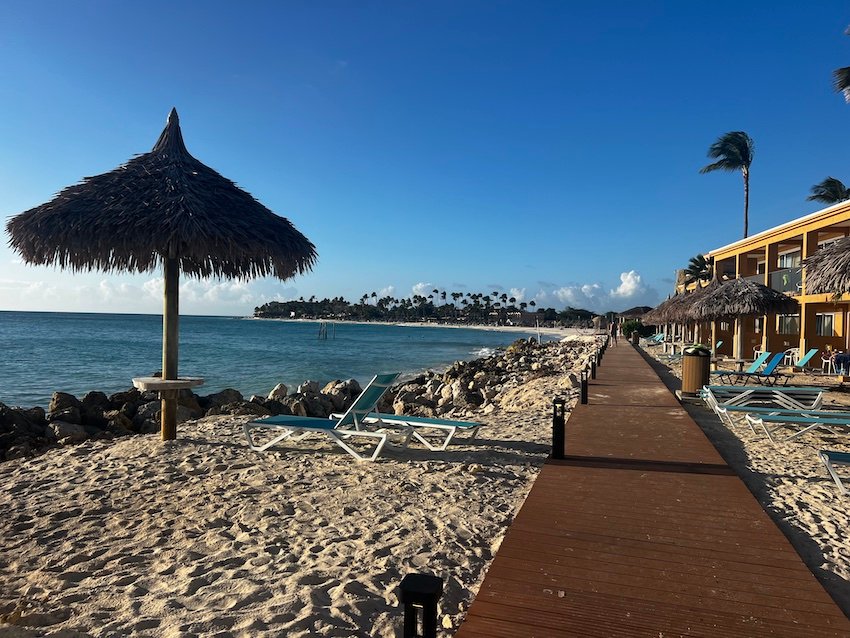
Content:
- History
- Getting Around
- SIM Cards
- Food and Water
- Oranjestad
- Snorkeling
- Diving
- Arikok National Park
- Ayo Rock Formations
- Rum Tasting
- Donkey Sanctuary and Ostrich Farm
- Accommodations
- Dining Out
- Trip Costs for 10 Days in Aruba
- Final thoughts on Visiting Aruba on a Budget
This post includes affiliate links. If you make a purchase via one of these links, I may receive a small percentage at no extra cost to you.
History:
Originally inhabited by the Arawak people, it was later claimed by Spain in 1499 before being seized by the Dutch in 1636; whereupon it became a part of the Netherlands Antilles. The island’s economy transitioned from gold mining in the 19th century to an oil refinery hub in the 20th century and later to a tourism-based economy. Aruba gained “Status Aparte” in 1986, separating from the Netherlands Antilles to become a constituent country within the Kingdom of the Netherlands while maintaining close ties with the Dutch government. While Aruban citizens hold Dutch passports, their culture reflects a unique blend of indigenous, African, and European traditions.
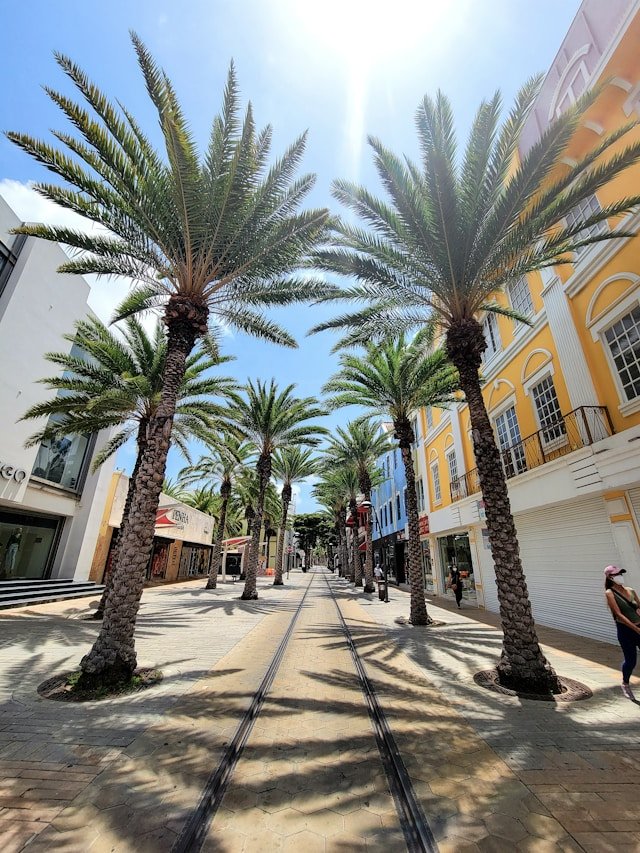
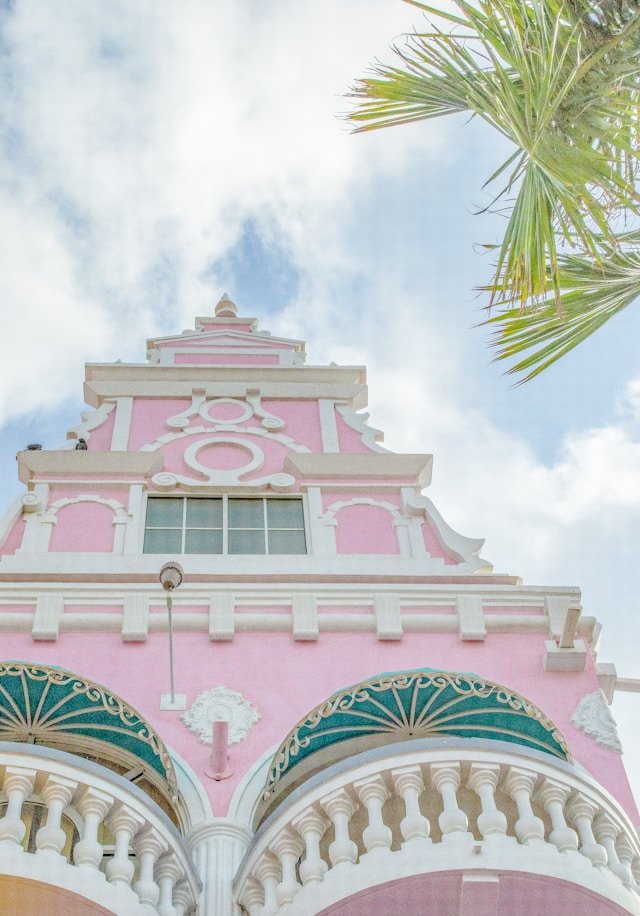
Getting around:
Aruba does not have a very developed public transportation system. I highly recommend renting a car during your stay. Surprisingly, parking is free and plentiful – even at the busiest beaches – and you can basically explore the entire island with a vehicle. Rental cars rates are quite reasonable. Jens and I rented a car for our entire stay – at a cost of about $275USD for a 10 day rental. There are a number of car rental agencies right at the airport – so you can drive directly from your flight to your apartment and back to the airport – which already saves you about $60 – $100USD in round-trip airport taxi fares.
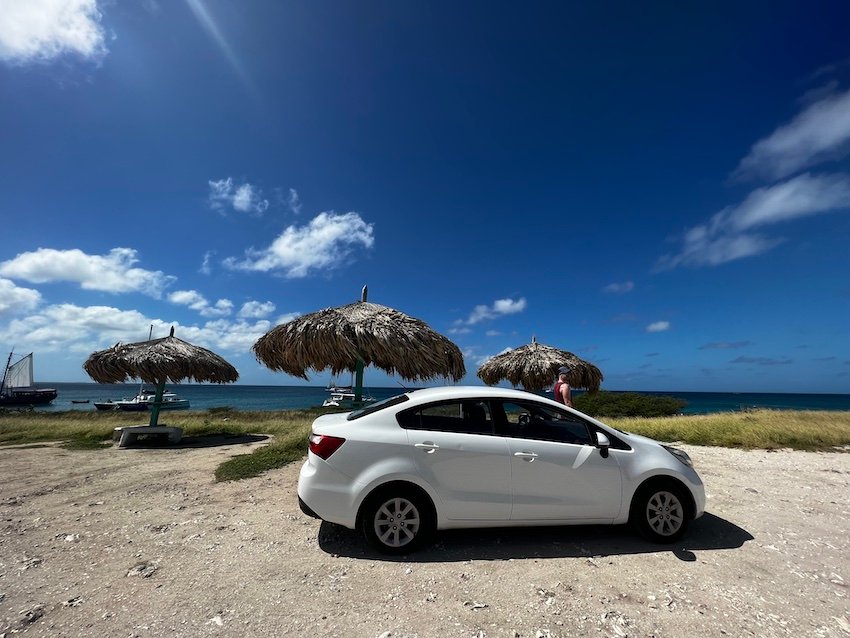
SIM Cards:
SIM cards do not come cheap in Aruba, but if you care traveling independently around the island – having one is essential. You can buy SIM Cards directly at the airport – there is no difference in pricing at the airport vs. at the stores in town. A 1 week Setar SIM card with 5GB of data was $22USD (Winter 2024 pricing), a 1 week Digicel SIM card at the airport is $35USD for unlimited data or $50USD for a 1 month unlimited SIM card. If you’re not going to use too much data, consider just purchasing an eSIM prior to arriving in Aruba. Airalo’s Global eSIMs are actually slightly cheaper than the Aruba-only options, with plans starting at $9USD.

Food and Water:
Food and dining prices are quite high in Aruba. To save money it’s advisable to rent an apartment with a kitchen to cook your own meals. Expect a typical meal for two people to run at least $50-$60USD. Even meals at budget restaurants will still run at least $30 – $40USD.
Super Food near Eagle beach is the best location to buy your food and drinks. The complex includes a full-grocery store, as well as fish market, and liquor store. There are lots of other stores on Aruba but the prices are all largely the same.
Aruba’s tap water is safe to drink – it’s the same water used for their iconic Balushi beer – the only beer in the world brewed with desalinated seawater!
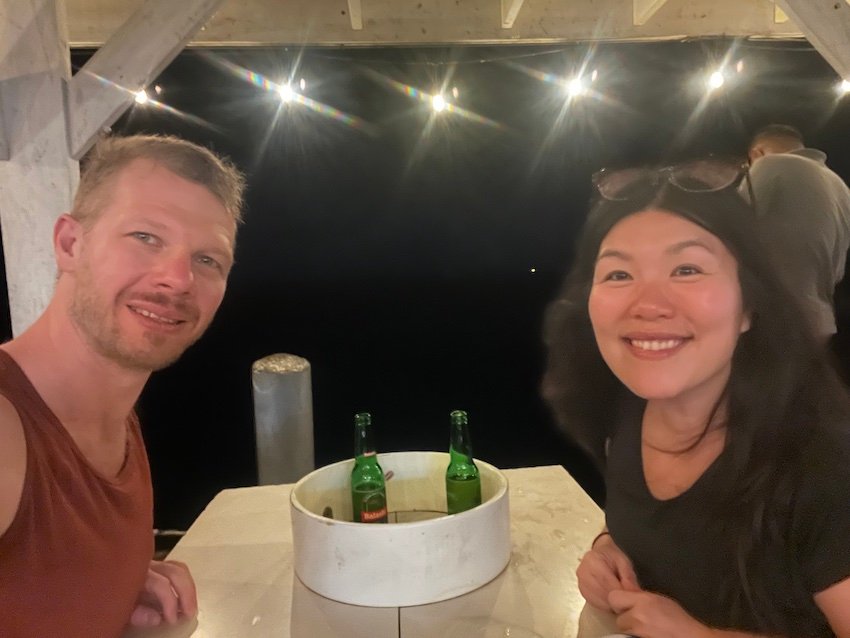
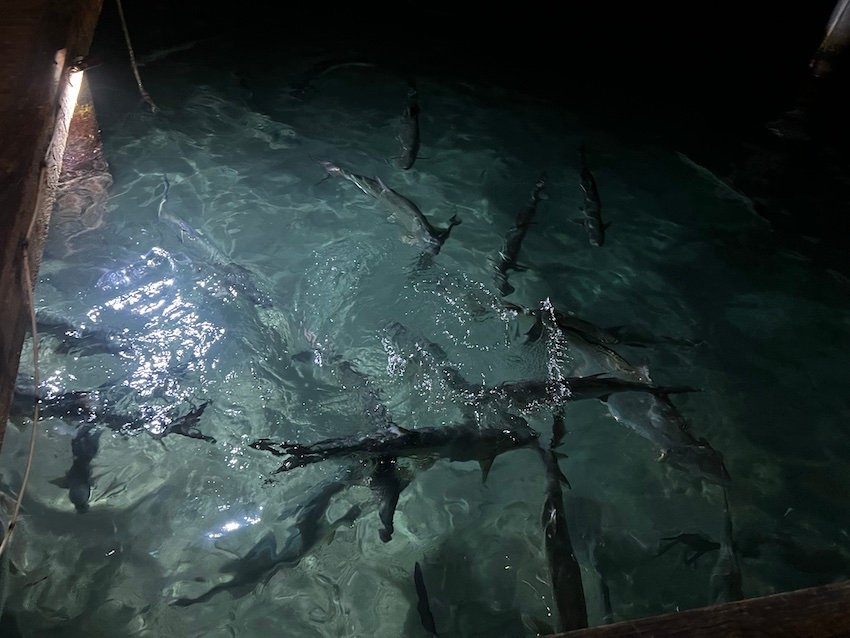
Oranjestad:
Oranjestad, Aruba’s capital is the commercial center of the island. Staying in Oranjestad means you’ll be close to grocery stores, restaurants and many other amenities that you’ll undoubtedly want to be close to during your stay. The city’s colorful streets are lined by colorful Dutch colonial-style buildings that speak both to Aruba’s colourful indigenous cultures and European history. Free attractions like Fort Zoutman and Wilhelmina Park offer a glimpse into Aruba’s history.
Snorkeling:
Aruba is a rare destination where there is great snorkeling to be had directly off the shore. Locations like Malmot Beach, Mangel Halto, Boca Catalina are excellent for snorkeling directly off the shore. There is free parking directly at the beachfront in all these locations
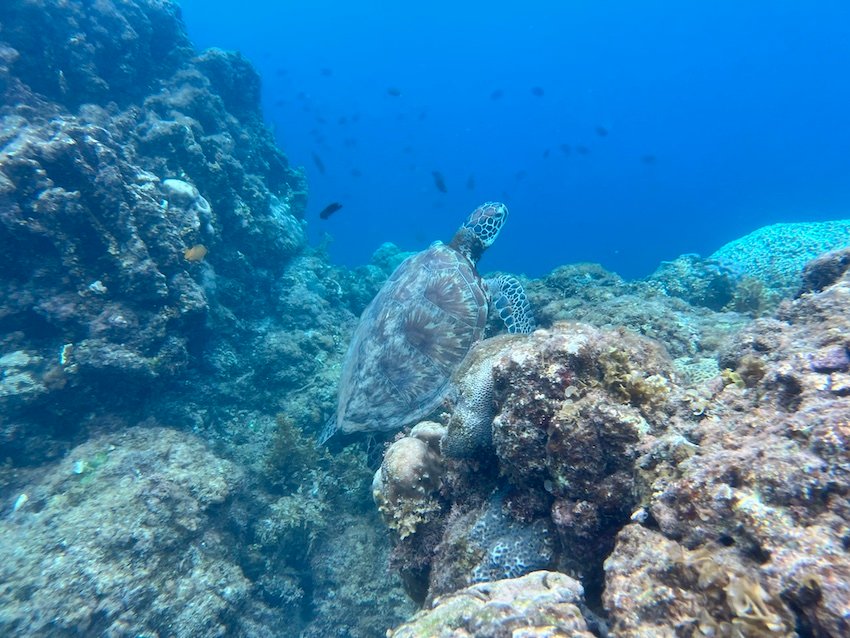
Diving:
Single dive excursions are very costly – over $100USD – not including equipment rental for a 2-tank dive. Aruba had some of the highest diving prices I’ve seen anywhere in the world – and I’ve been to places like Tahiti and the Maldives. If you’re an avid diver you can save money by purchasing a multi-dive package and bringing as much of your own equipment as possible. Scuba equipment is per-piece per day, for example $15USD for a Regulator, $15USD for a BCD, $15USD for a tank rental, $8USD for a weight belt, $10 for a mask, $8USD for a snorkel, $10USD for fins. If you at least bring your own snorkeling gear, you’ll save nearly $30USD each time for diving.
Arikok National Park:
Arikok National Park is an enormous sanctuary that spans nearly 20% of Aruba, offering travelers a unique glimpse into the island’s diverse landscapes and cultural heritage. The park has everything from rugged hiking trails that lead to dramatic cliffs, pristine beaches, and hidden caves – some of which are still adorned with ancient Arawak petroglyphs. The park has a conversation fee of $11USD for adults 17 and older (entry is fee for those under 17). You can visit the park on your own – best way would be to have your on vehicle. The Natural Bridge and Natural Pool are two popular natural points of interest within the park.
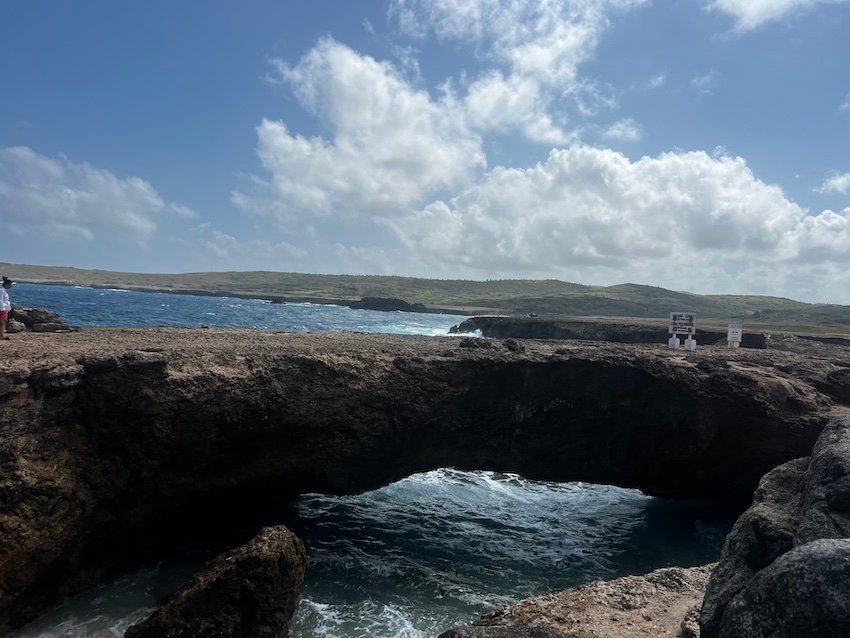
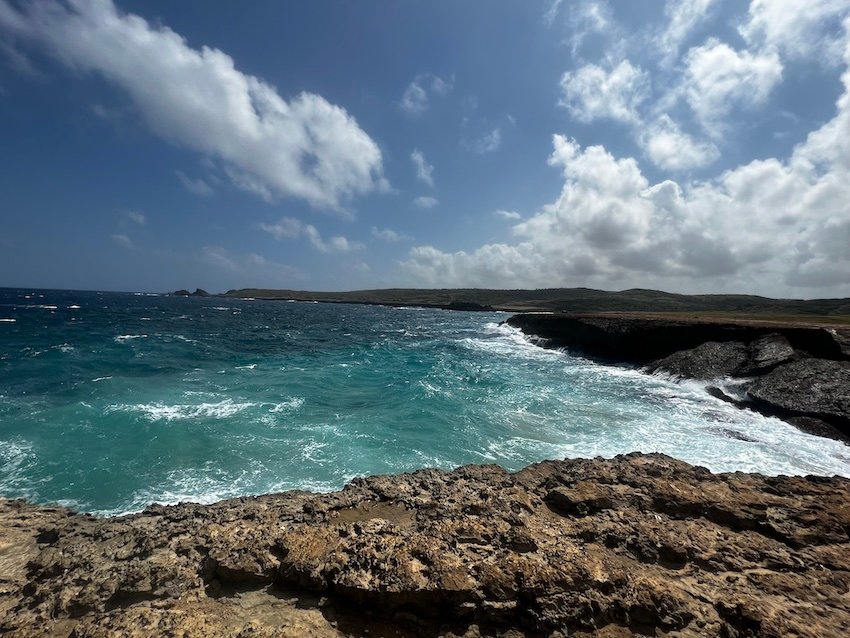
Ayo Rock Formations:
The Ayo Rock Formations is a park where you can see massive natural stone formations juxtaposed with artwork from Aruba’s first indigenous peoples. Massive boulders, some precariously balanced, are scattered across the desert-like landscape and offer a contrasting experience to Aruba’s famous beaches. Visitors can wander through winding trails to discover hidden nooks, panoramic views, and ancient petroglyphs left behind by the island’s early Arawak inhabitants. Entrance is free, and there is free parking outside the park.
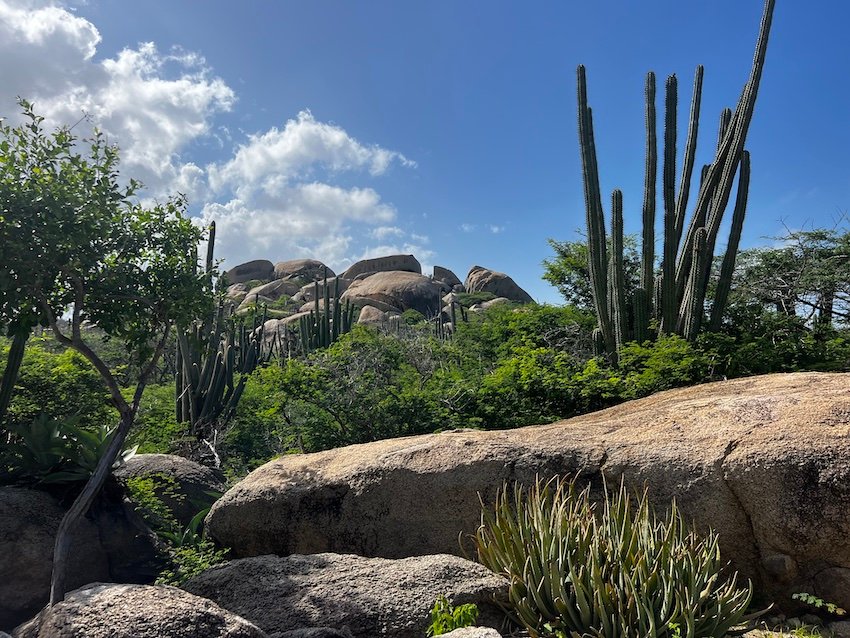
Rum tasting:
While Aruba does not have a history of large-scale sugarcane and rum production as some of its other Caribbean neighbours; Aruba’s strategic location in the Caribbean made it a hub for rum imports and trade. Over time, the island developed a rich rum culture, with local distilleries emerging to craft unique blends that reflect the island’s vibrant character. Traditional Aruban rum is often infused with local flavors like coconut, lime, and tropical spices, capturing the essence of the island. Palmera is the main rum supplier on the island, but there are many other shops and artisans that offer specialty rum products.
Jens and I had a fabulous time tasting of over 20 Rums at Aruban Taste, which is a completely delightful rum tasting destination run out of the owner’s basement. It is an amazing experience. There is every type of rum flavour imaginable including maple syrup, chili pepper rum, along with classic Aruban flavours like coconut and Pina Colada.
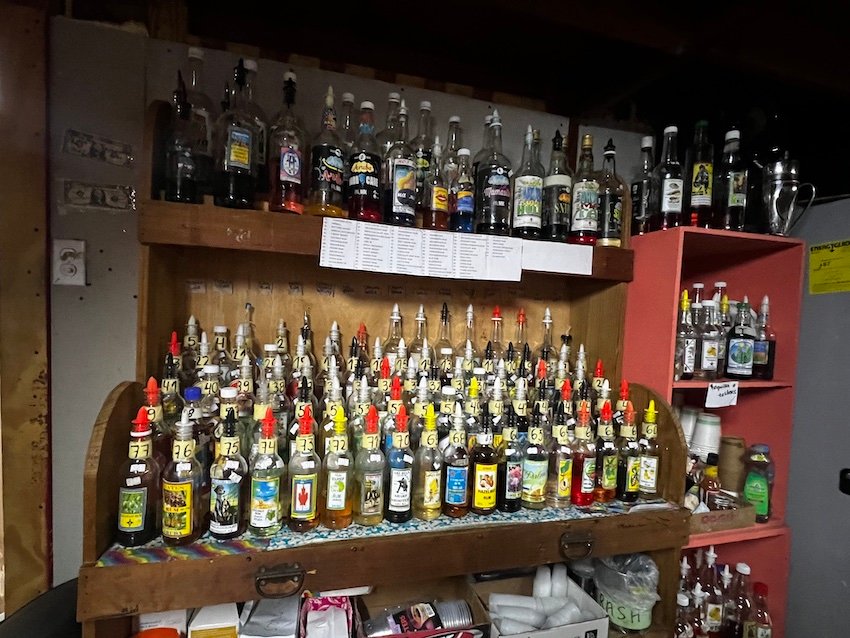
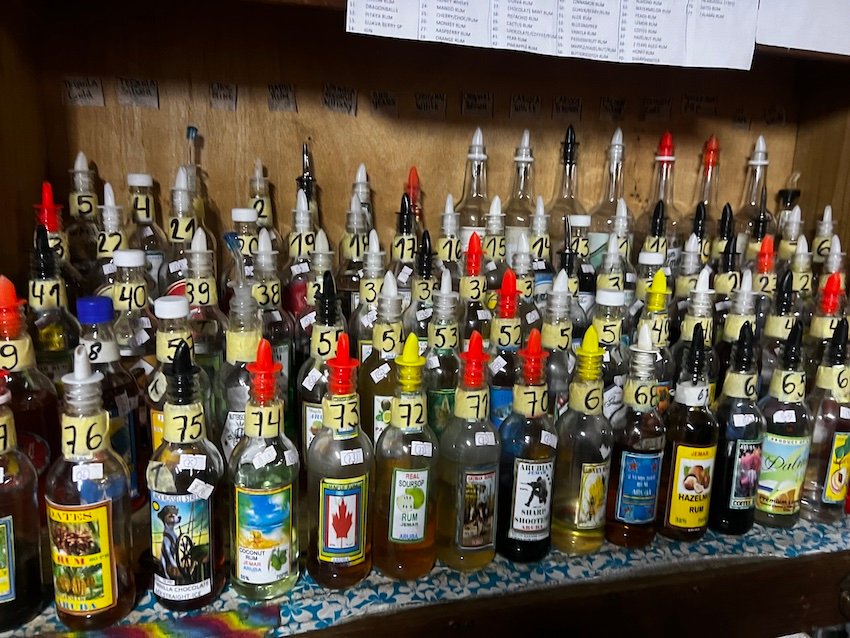
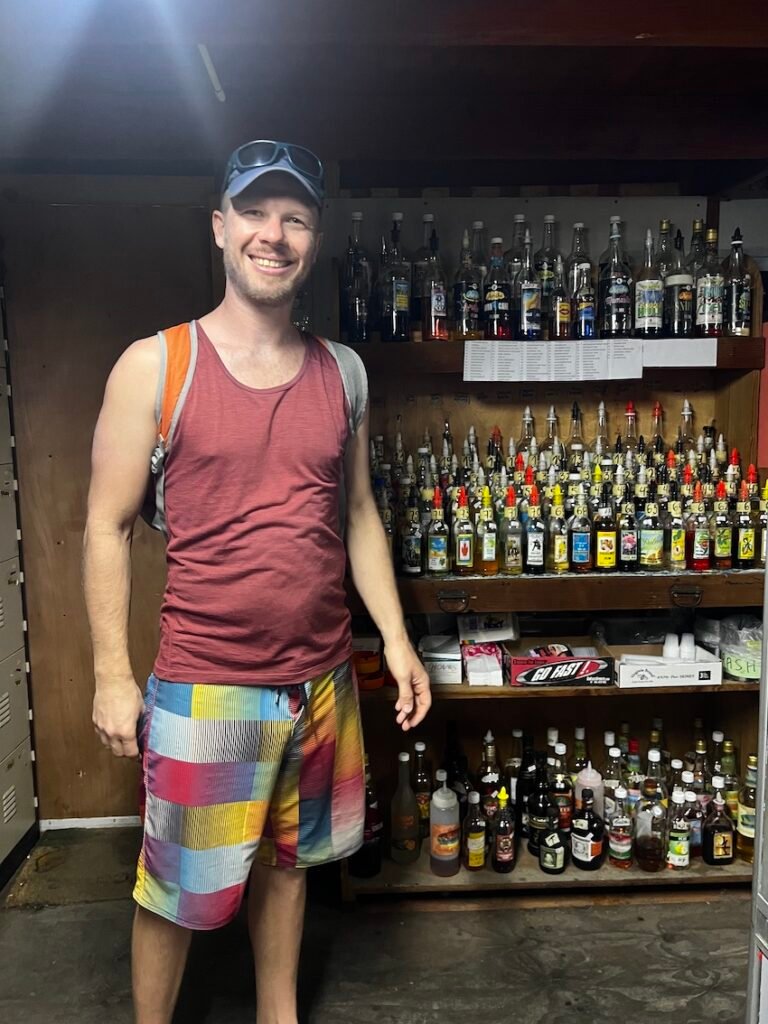
Donkey Sanctuary and Ostrich Farm:
A bit of an oddball point of interest on Aruba is the Donkey Sanctuary (see map for location). The sanctuary was established to provide a safe haven for abandoned donkeys on the island and is home to many dozens of these animals, which were historically used for transportation and agriculture. Visitors can feed the donkeys, and learn about their stories in a family-friendly setting. The sanctuary is run by volunteers, and features a gift shop and shaded areas for relaxation, making it a lovely stop for animal lovers and families seeking an educational and meaningful experience during their island vacation. On a similar vein, there’s also an Ostrich farm (see map for location) on Aruba, but that experience carries an entrance fee of $14USD per Adult $7USD per child.
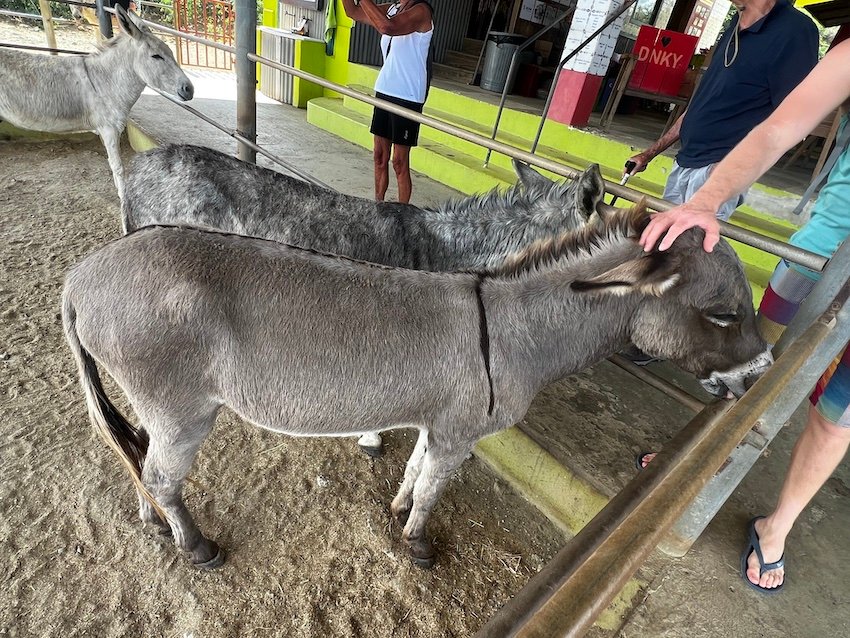
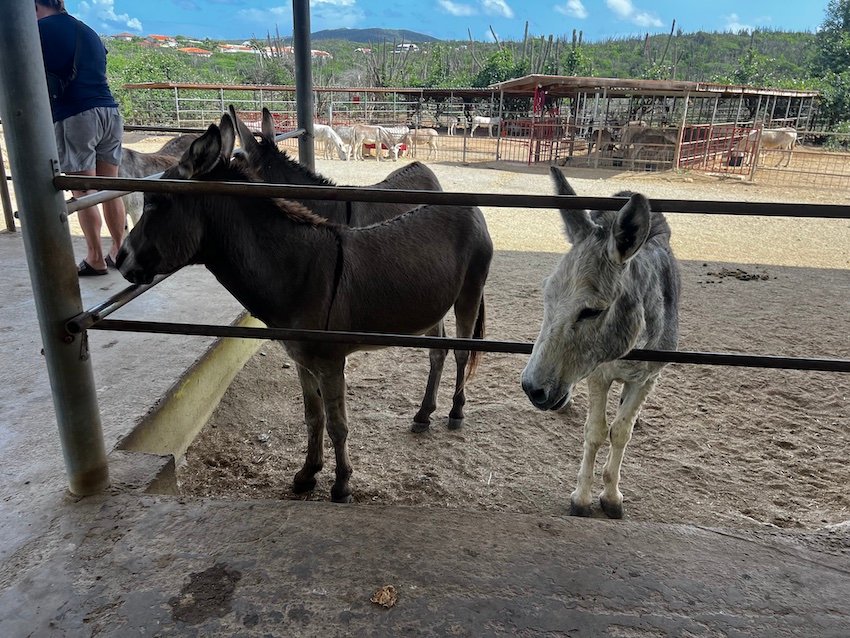
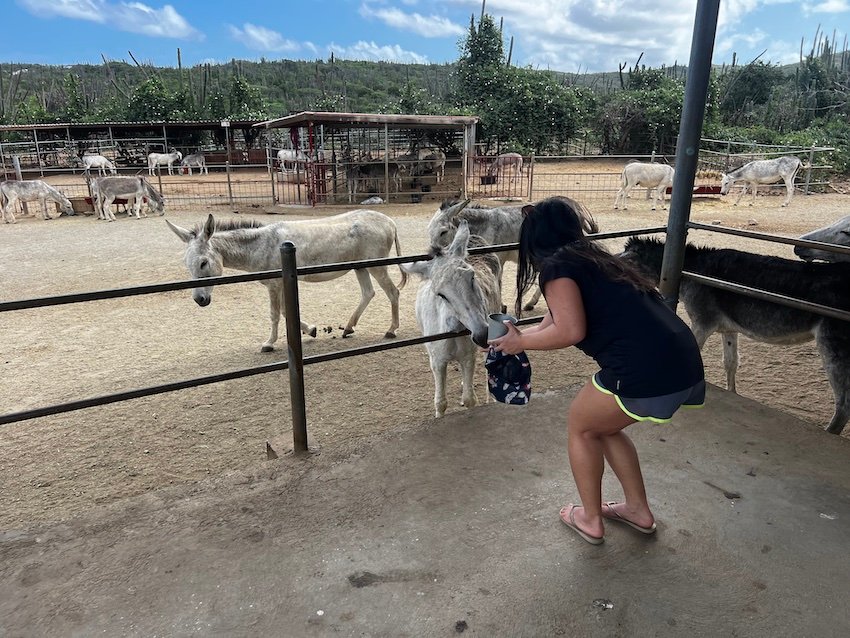
Accommodations:
Budget:
Jens and I really enjoyed our stay at Pega Pega apartments. Our 1 bedroom apartment had a full kitchen and a lovely garden patio area where we could enjoy our meals.
Sandcastle Apartments further north of the island is another well-reviewed budget option featuring kitchens to allow you to make your own meals, as well as a pool – which is an amazing bonus for a budget-hotel.
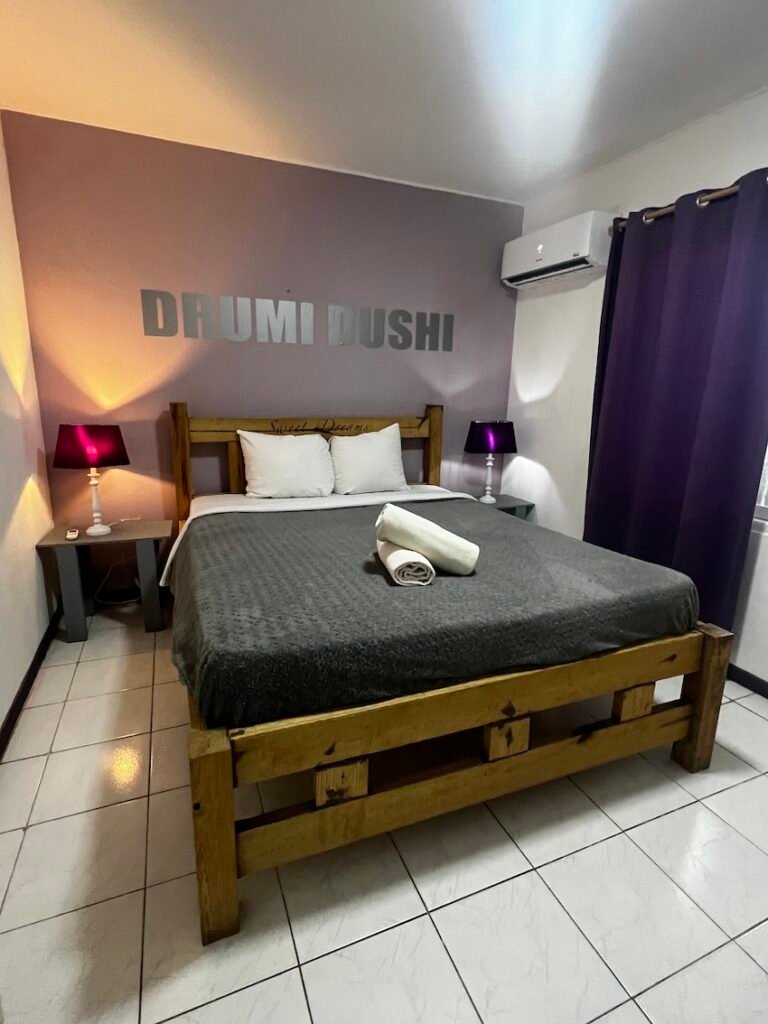
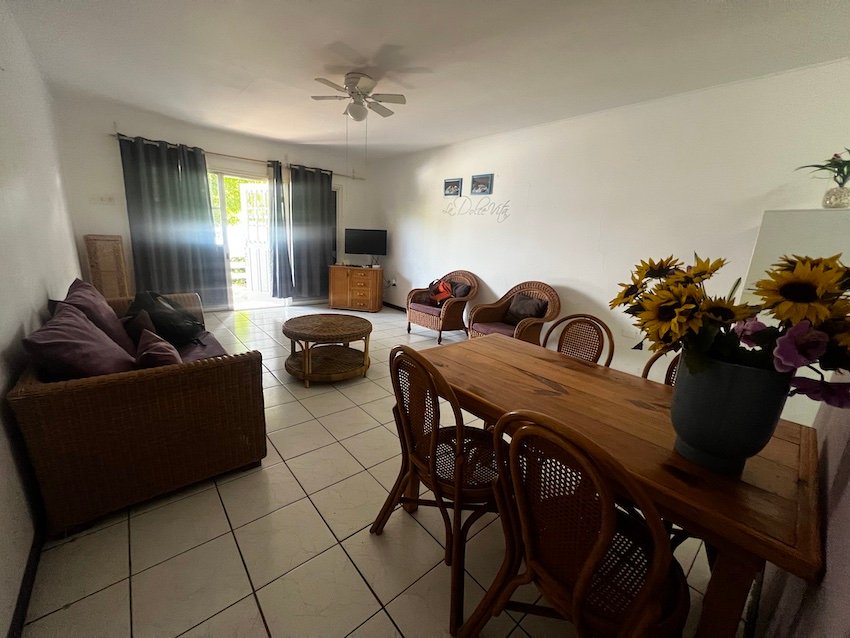
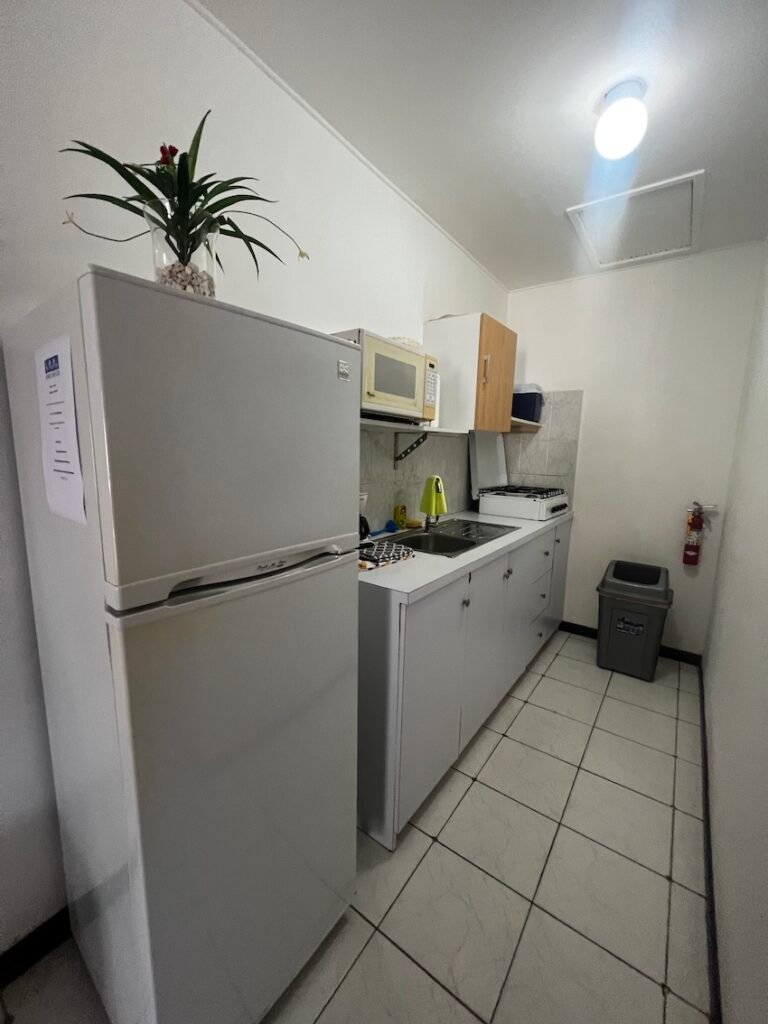
Mid-range:
Aruba Boutique Apartments to the North of the island is a very well-reviewed mid-range option towards the North of the Island. The property features apartments with kitchens as well as a pool.
Sunflower Villa Studios is another budget- to mid-range option in the North of the island that also features kitchens and a pool.
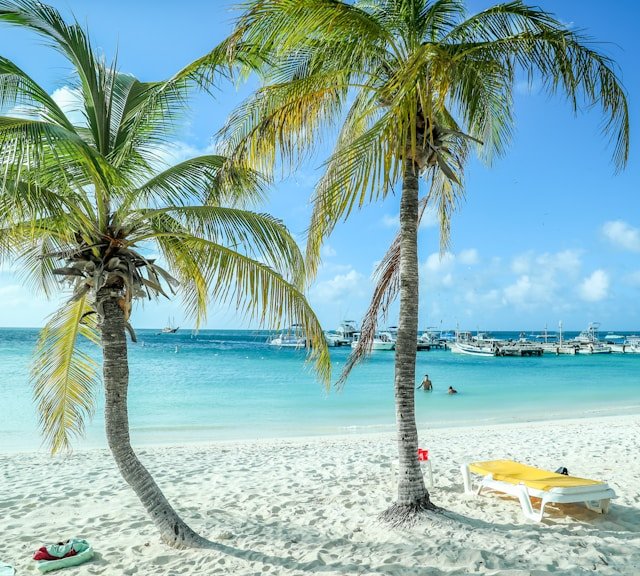
Luxury:
The sky is the limit in terms of luxurious options in Aruba. Some of the best-reviewed luxury class hotels include: the Ritz-Carleton Aruba, and the Bucuti & Tara Beach Resort.
Given the high food prices in Aruba, if you want to get the most bang out of your buck for choosing a luxury accommodation option in Aruba consider the following hotels that offer an all-inclusive (food and beverage included) options with your hotel stay: the Divi Village Golf and Beach Resort, the Barcelo Aruba, and the Riu Palace Aruba All-Inclusive
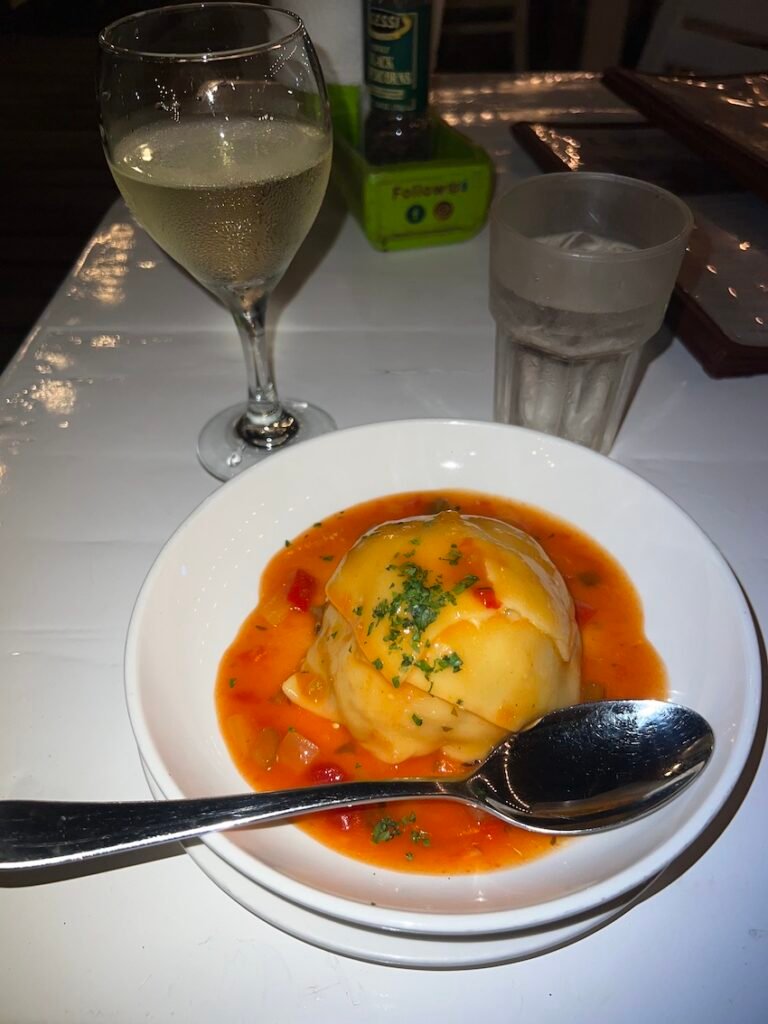
Dining Out:
Budget:
Zeerovers at the Southern end of the island is a legendary spot for freshly-caught fish at low prices. Prices are not posted, but when we were there (Winter 2023), the prices were approximately $30USD/Kilogram for the catch of the day and $60USD/Kilogram for shrimp. If you’re just ordering fish (shrimp is more costly) you can easily get a meal here for $20-$30USD for two with drinks. The dockside restaurant also has amazing ambiance – with three tables out on a separate dock for those who want a more romantic atmosphere. Seating is first-come, first served. Weekends can be incredibly busy here with wait times up to 1 hour. Would recommend coming off-peak hours – after 7:30pm on weekdays – where the wait is typically not as large. There was no wait when we came on Thursday around 7:40pm for example.
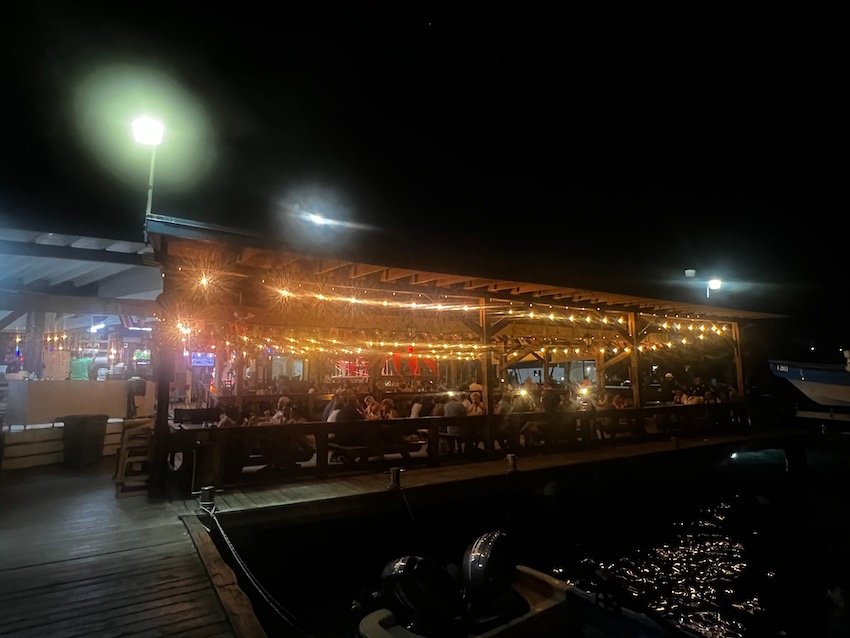

Everything here is pan-fried (but not breaded or overly fried). Seasoning was great, and if they have fresh tuna on the menu you can also ask for it sliced raw – a local couple told us they come specifically looking for the fresh tuna – so consider yourself lucky if you find it! The shrimp were also delicious.
You can get a variety of side dishes (ranging $3-4USD each) including fries, salad, plantains, pickled red onion, tartar sauce and Pan Batti (Arubian cornbread). The plantains were delicious – caramelized and sweet. The Pan Batti is also recommended – it’s actually more of a cornbread pancake – it’s slightly sweet, and also delicious. All meals come with your choice of different hot sauces – mild papaya hot sauce, or raging-hot “Madame Jeannette” hot sauce for which Aruba is famous.
Mid-Range:
The West Deck is an excellent beachfront restaurant with lovely ambiance and live music. You can try the famous Keshi Yena here ($13.75USD – at Winter 2023 prices).
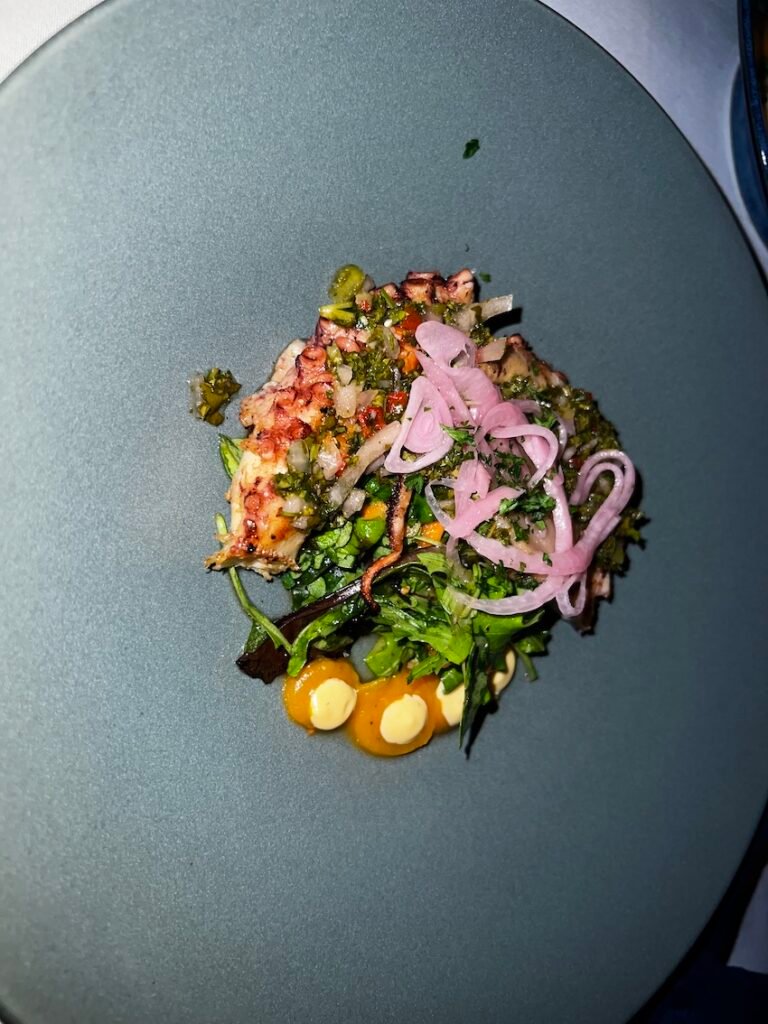
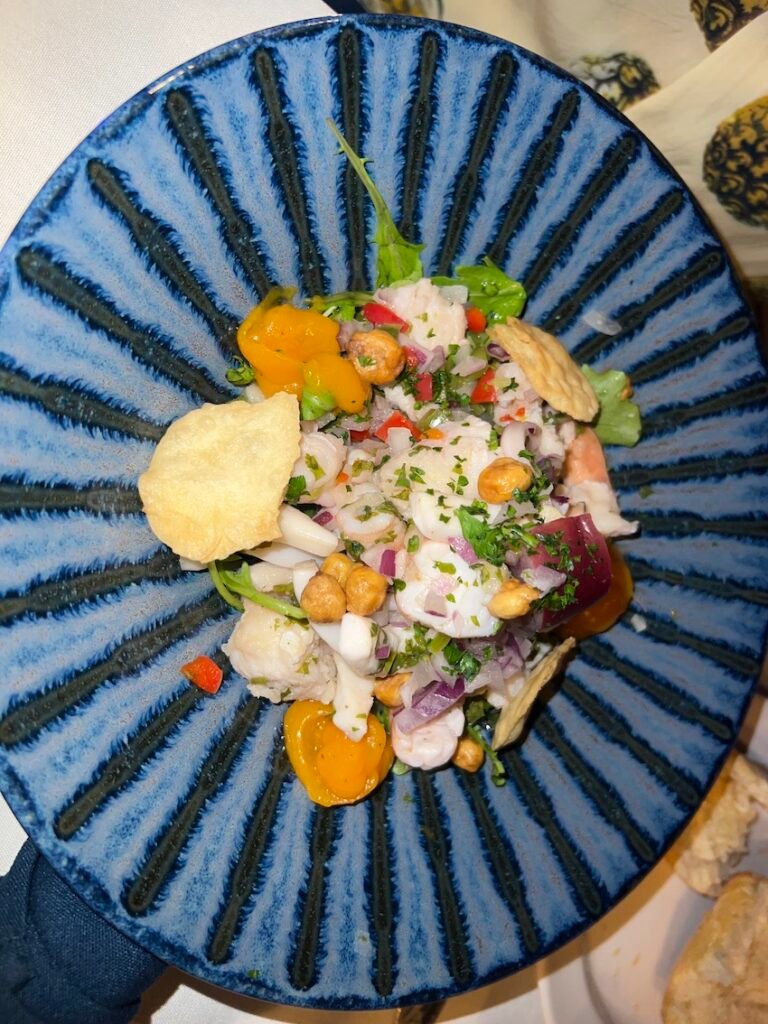
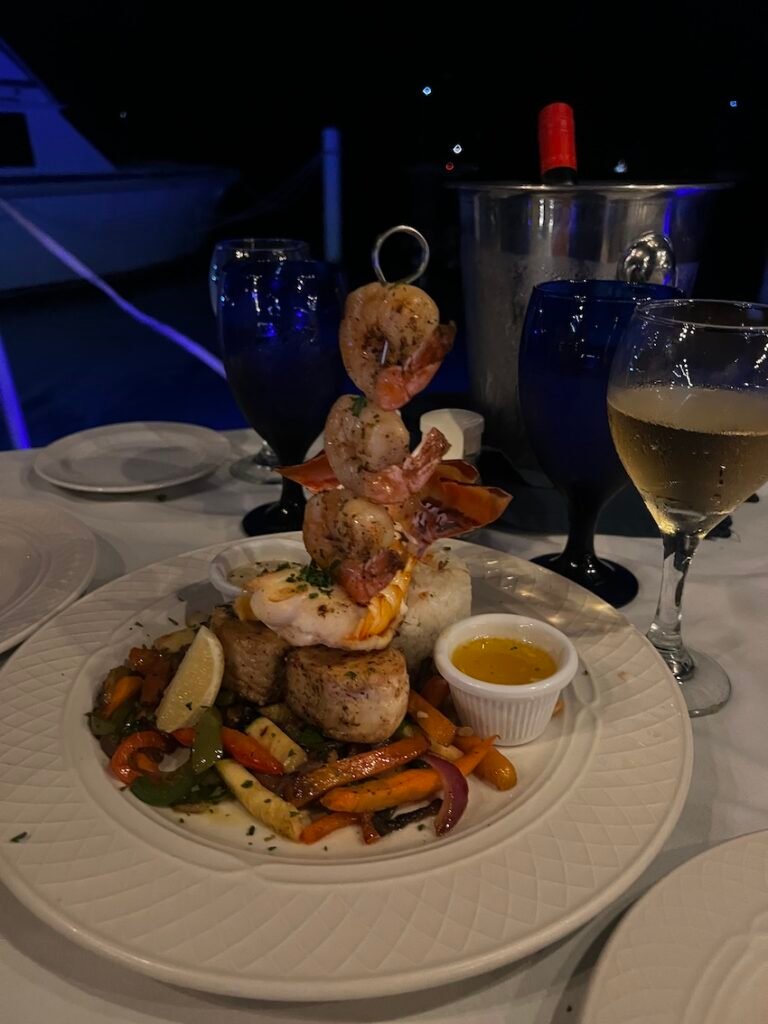
Higher-End:
Pincho’s Bar and Grill, is located on a dock on the West side of the island walking distance from Orajestad. Jens and I went there for my birthday dinner, and it was amazing. We had a table on a dock that was floating further out from the larger restaurant structure. The food and service was excellent.
Trip Costs for 10 days in Aruba (2 people):
Accommodations: $340USD
Food and Dining: $600USD
Car Rental: $275USD
Miscellanous (SIM card etc): $50USD
Total: $1265USD (per person $632.50USD)
Final Thoughts on Visiting Aruba on a Budget:
While Aruba can be an infinitely expensive place to visit, there are certainly ways to enjoy this beautiful island on a budget. If you plan ahead and book quality budget accommodations (with a kitchen) early, you’ll already have an affordable home-base from which to base your exploration of the island. Definitely plan to rent a car (surprisingly affordable) as it will be the most budget-friendly way to explore the island (which weirdly has plentiful free parking everywhere).
